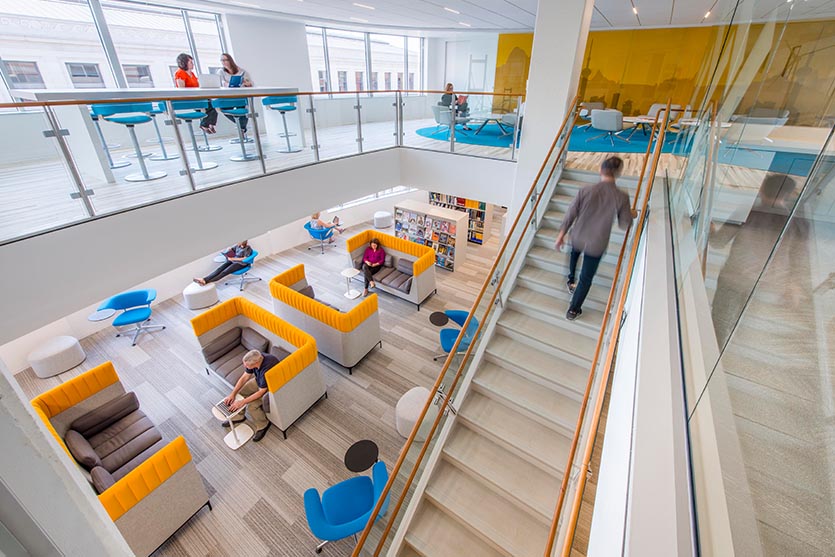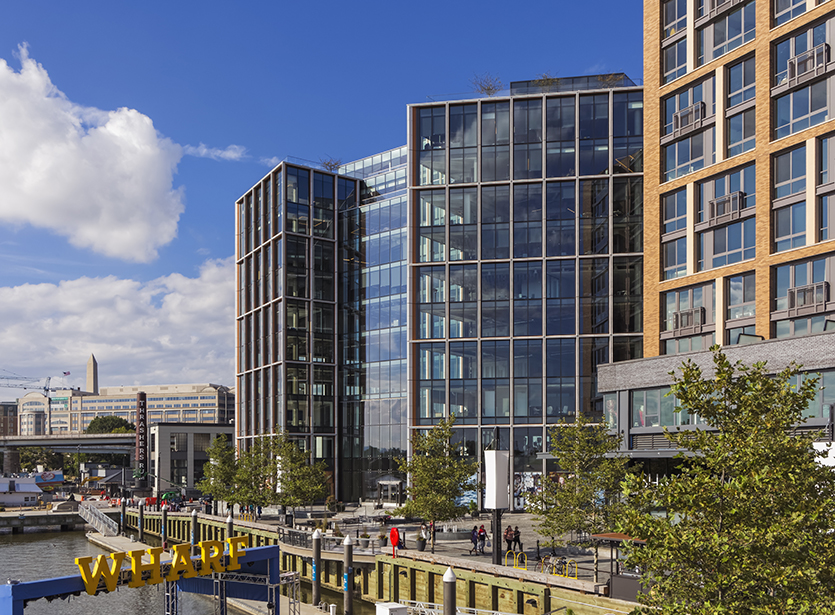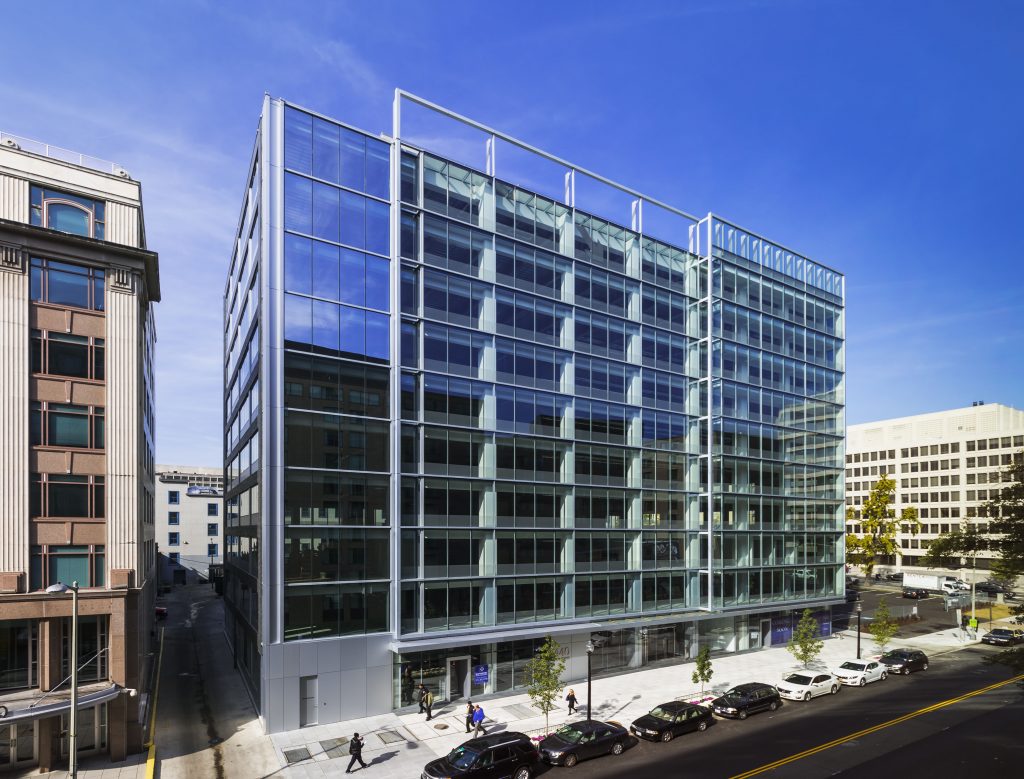Our planet is a complex web of interdependent species, each uniquely contributing to the flourishing of others. As climate change continues to impact the balance of life across ecosystems, we need to consider what we can do to help decrease this global, human-made crisis.
As architects and designers, we have a unique role in shaping the future of our planet. Our work imagining and creating new environments means that we can decide what kinds of environments we want to inhabit. Do we want our environments to be life-giving, nurturing, and healthy? Do we want to create spaces that are good for people and good for the planet we call home?
For Earth Day 2019, FOX Architects is thinking about how our work plugs into the big picture. The theme of this year’s Earth Day is “Protect our species.” This is a time to consider the impact of climate change on species across the globe, which is causing the greatest rate of extinction since dinosaurs roamed the earth. In this post, we’re making connections between our work, endangered species, and the ripple effects of human activity for the global web of life. Let’s take a look at how we can help!
Whales

Pacific Whale Foundation
Threat:
Every year, approximately 8 million metric tons of plastic end up in the ocean — that’s one garbage truck of plastic per minute. Conservationists predict that by 2050, the ocean will contain more plastic than fish, by weight. Ocean plastic causes myriad problems for the entire marine ecosystem. Many marine organisms mistake plastic as food. Ingesting plastic causes marine life to starve because the indigestible plastic fills their stomachs, preventing them from eating real food. Plastic pollution is a significant threat to whales, as they both ingest plastic and become entangled in discarded fishing nets made of plastic fibers.
How we can help:
Recycling plastics and using recycled plastics keeps plastic out of the ocean, where it poses hazards to marine life. For architects and designers, there is so much creative potential in reusing or upcycling materials. When FOX Architects designed the office for American Beverage Association, we incorporated common materials found in the beverage industry and recycled them into design elements: bottle caps, beverage containers, and glass bottles. The café features a bottle cap backsplash and pendant lights made of recycled beverage containers, while the elevator lobby wall lights up with recycled material made to look like bubbles.
Learn more:
What You Need to Know About Whales and How You Can Help to Protect Them | Earth Day Network
Fighting for Trash Free Seas | Ocean Conservancy
The Great Pacific Garbage Patch | The Ocean Cleanup
Bees
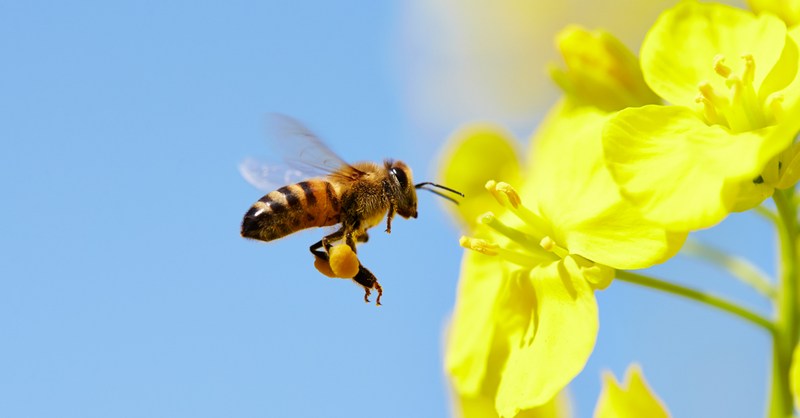
![]()
TED.com
Threat:
Pesticides are causing dramatic declines in worldwide bee populations. As pollinators of plants, bees enable and sustain most ecosystems around the globe. When bee populations are threatened, there are ripple effects throughout the entire food chain. Declining bee populations impact crop health and viability, the availability of food for other organisms, animal habitats, and human health and well-being.
How we can help:
Producing commercial-grade textiles such as fabrics, wallcoverings, and carpet requires a great deal of chemical processing and substances that are toxic to insects, wildlife, and humans. Designers can reduce the environmental impact of these processes by using textiles that contained recycled materials or are able to be recycled. Industry groups such as Cradle to Cradle Products Innovation Institute and commercial textile manufacturers such as Designtex are considering environmental impact in a number of ways. Designtex’s Climatex product line is designed to safely biodegrade after use without releasing harmful chemicals into the environment. When FOX Architects designed Peabody / West Elm’s office and showroom, we created a Designtex product display that seamlessly integrates into the space, which also functions as a place to host events and entertain clients.
Learn more:
What You Need to Know About Bees and How You Can Help to Protect Them | Earth Day Network
Pollinators Vital to Our Food Supply Under Threat | Intergovernmental Science-Policy Platform on Biodiversity and Ecosystem Services (IPBES)
Bees | Xerces Society for Invertebrate Conservation
Report: More Pollinator Species In Jeopardy, Threatening World Food Supply | NPR
giraffes
 Luca Galuzzi
Luca Galuzzi
Threat:
Giraffes are in danger of extinction due to habitat loss caused by climate change and other factors such as poaching. According to the African Wildlife Foundation, giraffe populations have declined from 155,000 in 1985 to 80,000 in 2018. Giraffes help their local ecosystems flourish by passing seeds through their digestive systems, spreading seeds, and allowing plants to germinate. Climate change and habitat loss have also caused the decline of giraffes’ main food source, the acacia tree.
How we can help:
As climate change is fueled by increased levels of greenhouse gasses such as carbon, we can cut down on our emissions by reducing energy consumption. This will help reduce the impact of climate change on giraffes’ habitat and food supply. Architects and designers can reduce energy consumption by designing with this goal in mind and creating design solutions that meet the needs of a hurting planet, as well as human needs.
When we designed the office for World Resources Institute, we considered energy efficiency from the beginning, earning a LEED-CI Silver certification for this environmentally-conscious space. And a hallmark of our large-scale architecture projects includes innovative ways to heat and cool buildings with significantly less energy consumption. For 1000 Maine at the District Wharf development, we implemented a Dedicated Outside Air System (DOAS) HVAC for energy efficiency, healthier air quality, reduced heating and cooling costs, and increased ceiling heights, thanks to the compact nature of the equipment in the ceiling plenum.
Learn more:
What You Need to Know About Giraffes and How You Can Help to Protect Them | Earth Day Network
Elephants

Paul Tessier
Threat:
Like giraffes, elephants are in danger of extinction due to habitat loss caused by climate change and other factors such as poaching. Elephant populations have declined dramatically over the last century. In Africa, elephant populations measured 5-10 million in 1930 and have dwindled to approximately 500,000 today. In Asia, elephant populations have dropped from 200,000 to about 40,000. As a keystone species, elephants play a crucial role helping their ecosystems thrive. By digging watering holes, dispersing seeds in their waste, and flattening forests and grasslands for smaller species to thrive, elephants maintain biodiversity.
How we can help:
Not only can we reduce the impact of climate change by reducing energy consumption, as we discussed, — architects and designers can utilize comprehensive strategies for creating built environments that help the planet and people alike. Certification systems such as LEED and WELL Building Standard offer standards for best practices. By designing to these standards, we can ensure that the environments we create don’t burden the natural environment.
As designers of the first LEED-Platinum-certified commercial office building in Washington, DC, 440 First Street NW, FOX Architects blazed a new trail for sustainability in the nation’s capital. Our team determined early on that we could achieve LEED Platinum certification by targeting energy performance and designing for a sustainable end result. These considerations impacted the way we approached mechanical systems, perimeter curtainwall and glazing, and use guidelines for building management and tenants. We worked closely with LEED consultants and remained intimately involved throughout the duration of the project to ensure that all certification goals and design requirements were accomplished. Additionally, our 1901 L Street project, currently under construction, will be the first WELL Certified building in Washington, DC, pursuing the Silver rating.
Learn more:
What You Need to Know About Elephants and How You Can Help to Protect Them | Earth Day Network
Coral Reefs
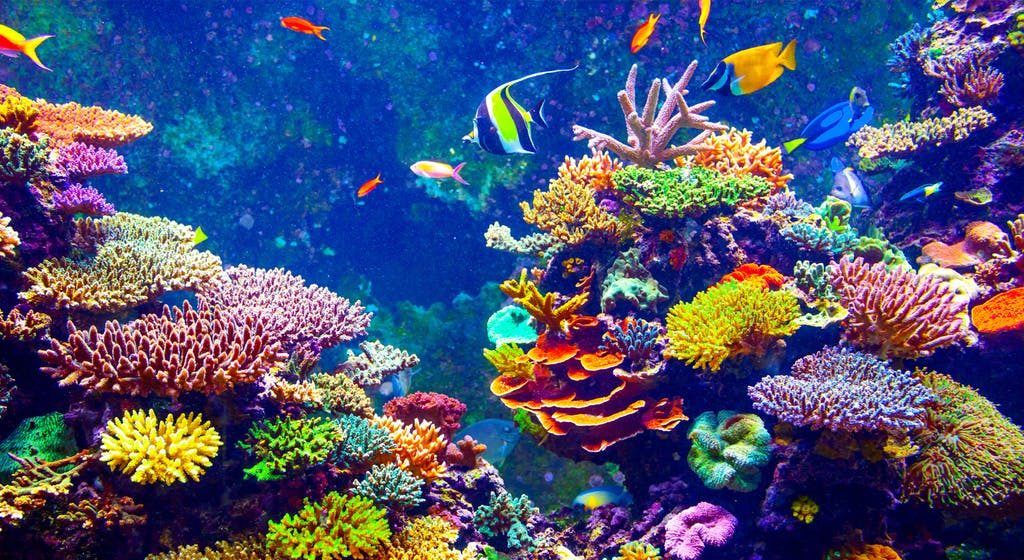
National Geographic
Threat:
Coral reefs are home to more than 25% of all marine life on the planet, and one reef alone can host thousands of different species. With 25% of coral reefs damaged beyond repair, and 65% under serious threat, we must act to preserve these vital ecosystems. One threat to coral reefs is garbage. Even garbage from inland landfills can make its way to the ocean through waterways, polluting coral reefs and the thousands of species who live there.
How we can help:
We can help coral reefs by recycling materials so that they don’t end up as trash that could reach the ocean. At FOX Architects, we’re experts in recycling buildings. As the leading firm for building recycling, we sustainably revitalize downtown, urban environments with a unique approach. We transform buildings at the end of their useful lifespan into beautiful, modern environments by reusing the framework of older structures. We utilize what is structurally sound, identify potential opportunities for increased height and density, redesign and replace key components, and create new, market-competitive amenities — all without tearing down the building and creating a mountain of garbage.
When FOX Architects created Alexander Court, we recycled two antiquated, downtown office buildings that would have been razed because they no longer met the needs of a 21st-century work environment. By recycling these buildings, we combined them into one, 1-million-square-foot space that will provide additional decades of use without burdening landfills.

Learn more:
What You Need to Know About Coral Reefs and How You Can Help Protect Them | Earth Day Network
Basic Facts About Coral Reefs



